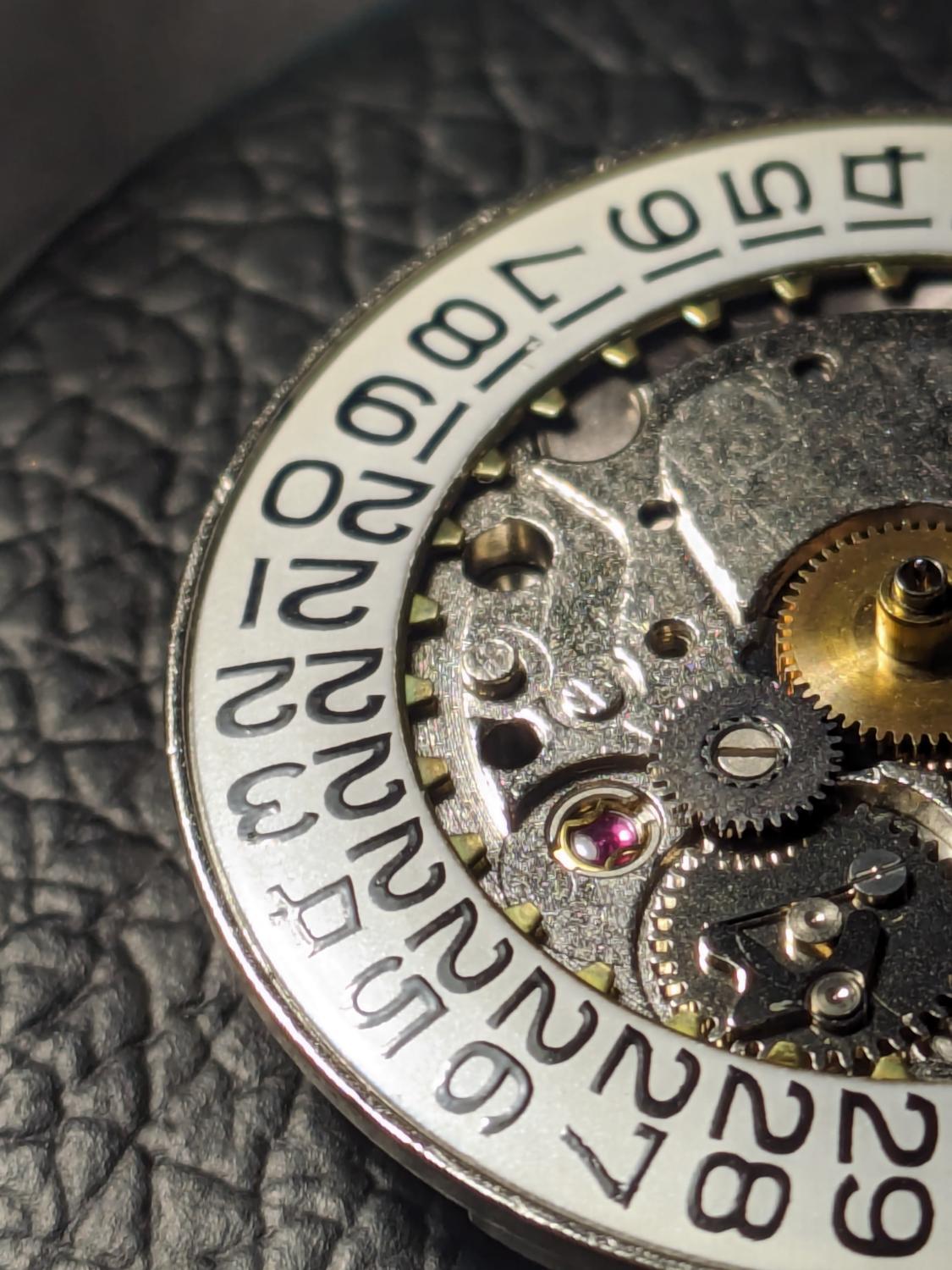-
Recently Browsing
- No registered users viewing this page.
-
Topics
-
Posts
-
By Neverenoughwatches · Posted
I've used expanding foam for lots of things but i thinķ you got me on that one. -
By HectorLooi · Posted
This happened to me several years ago when I first got my barrel closing tool. In my eagerness to try out my new tool, I closed the cap without the arbor. I don't quite remember how I opened it. I might have used compressed air to pop the cap off. I sometimes use compressed air to open those "sealed" Seiko barrels. -
By LittleWatchShop · Posted
Welcome @Boggie46. I would encourage you to take a little time to learn the terminology of watch parts, e.g., "winder rod" is the "stem." It will help us to help you. I am curious as to how you removed the center seconds wheel. -
By nevenbekriev · Posted
Put the arbor in the barrel in the correct direction and look at the hook of the arbor. It will show You the direction of the spring. -
By SwissSeiko · Posted
I do believe in one of the manuals I saw for the 2892 DD module, you could unscrew it from the 2892, and submerge the whole thing in your cleaning machine as a single unit. I havent tried that yet, but when I was having issues with my Omega 1140, I got lucky and found a brand new one in Poland, and ordered that. So, if someone needs parts from an 1140 Omega/2892, I have the chronograph module in my parts bin, although its disassembled.
-







Recommended Posts